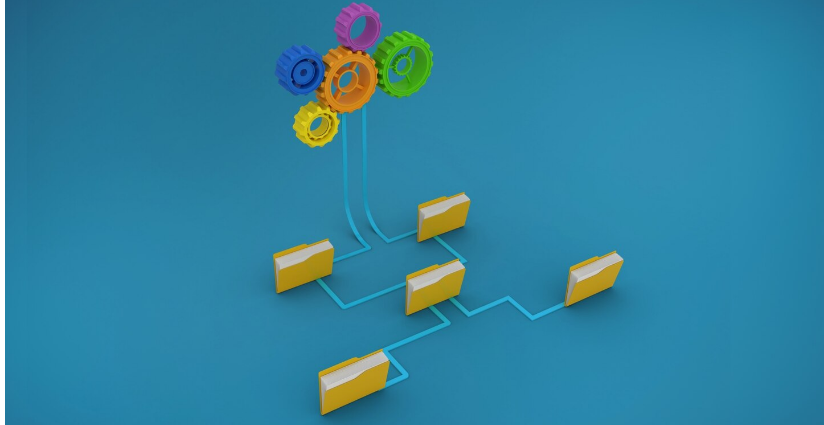User Agents Reverse DNS – SEO 2024
User Agents Reverse DNS User Agents Reverse DNS ,The user-agent is a component found in the HTTP request header, typically originating from the browser and directed towards a web application. It’s populated either by the browser or a crawler, with different browsers and crawlers assigning varying values to this field. Crawlers often include a URL…
User Agents Reverse DNS
User Agents Reverse DNS ,The user-agent is a component found in the HTTP request header, typically originating from the browser and directed towards a web application.
It’s populated either by the browser or a crawler, with different browsers and crawlers assigning varying values to this field. Crawlers often include a URL or email address within their user-agent string, facilitating communication with the website owner. The user-agent string plays a role in determining access for web crawlers to specific sections of a website, often governed by directives like robots.txt or the broader robots exclusion standard.
Similar to other HTTPS headers, the information within the user-agent string isn’t standardized. Its content can vary significantly depending on the entity filling it.
For instance, when Google visits a website, its crawler’s user-agent string might contain “Googlebot,” or more specifically, “Googlebot-news” for the Google News Crawler. Google employs various types of crawlers, differentiated primarily by their capabilities, such as desktop or smartphone crawlers, and specialized ones for images, video, or news. To simulate being Googlebot or another bot, tools like the User Agent Switcher in Chrome or User Agent Overrider in Firefox can be used to set specific user-agent strings.
However, this flexibility poses a challenge: malicious actors could impersonate legitimate crawlers like Googlebot. To counter this, verification methods like reverse DNS lookup on the accessing IP address can be employed. This involves checking if the domain name associated with the IP address contains “Googlebot.com” or “Google.com” for validating Googlebot requests.
Historically, user-agent-based content delivery, known as cloaking, has been used to serve different content to crawlers and users, a practice frowned upon by Google’s guidelines. It’s crucial to ensure consistency in content delivery to both Googlebot and users.
In practical terms, conducting audits to verify that no content is exclusively tailored for Googlebot is advisable, particularly for less familiar websites. Additionally, different indexation directives can be served for specific user-agents like Googlebot, allowing for fine-grained control over which parts of the site are indexed.





